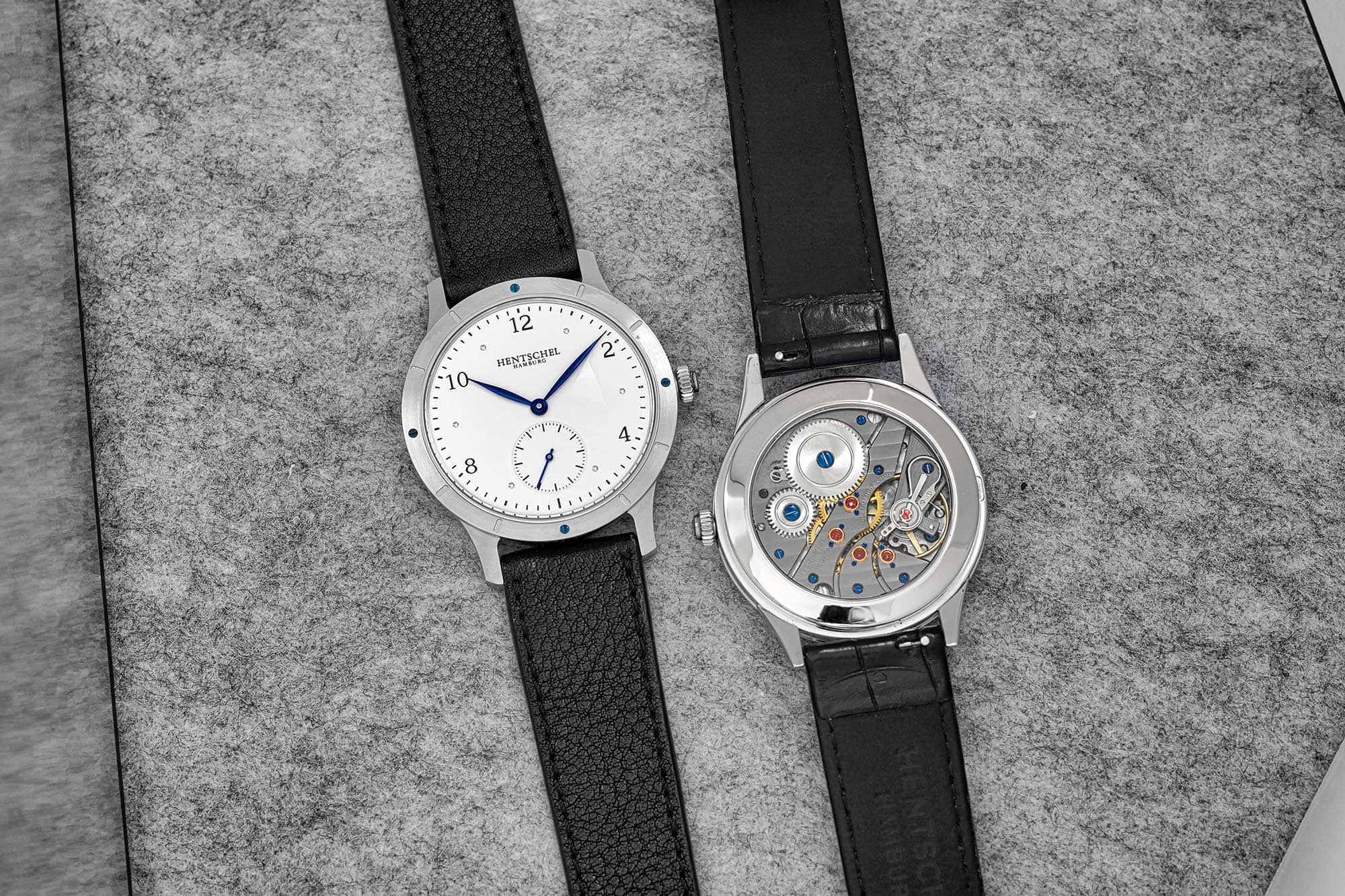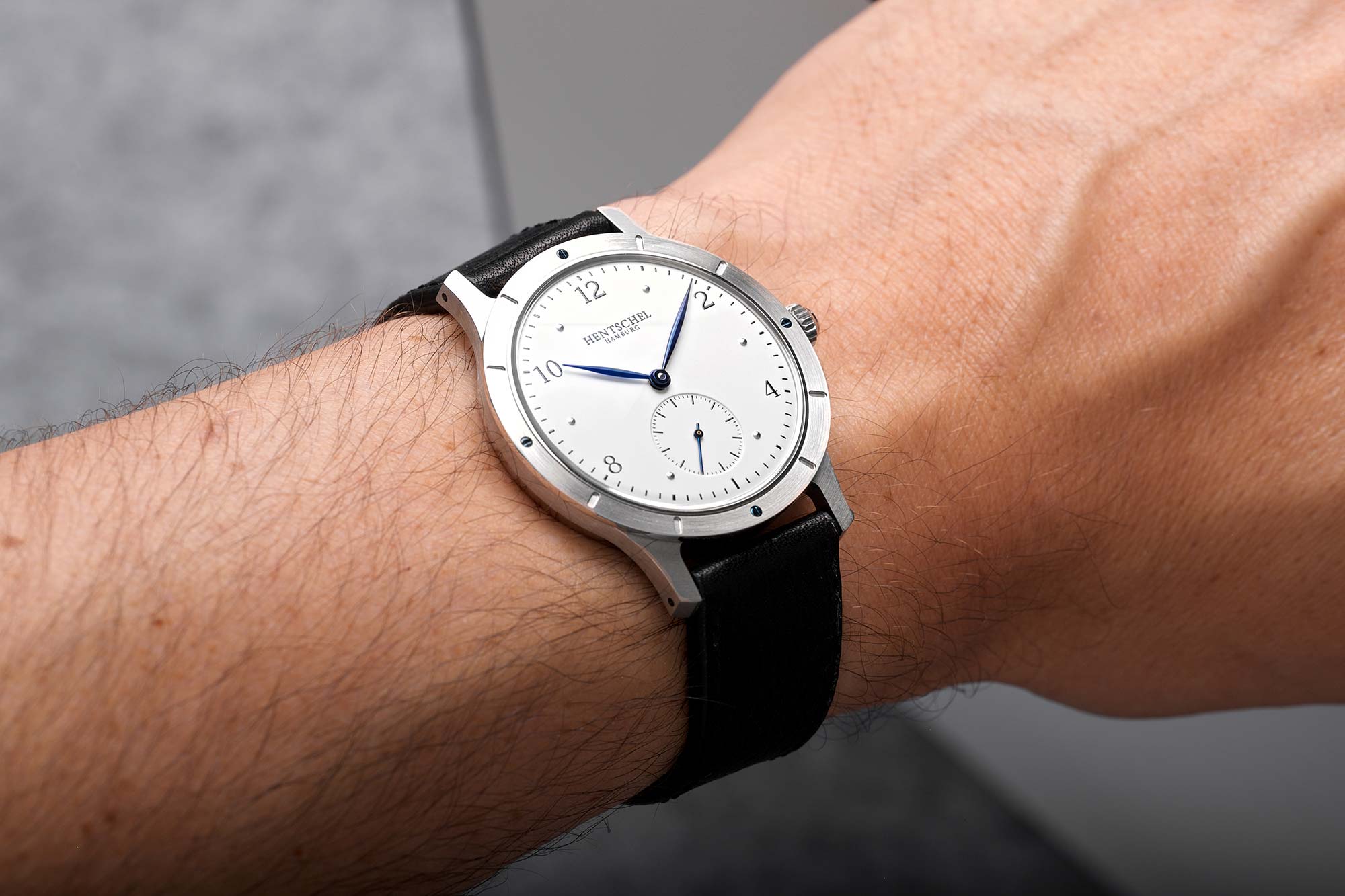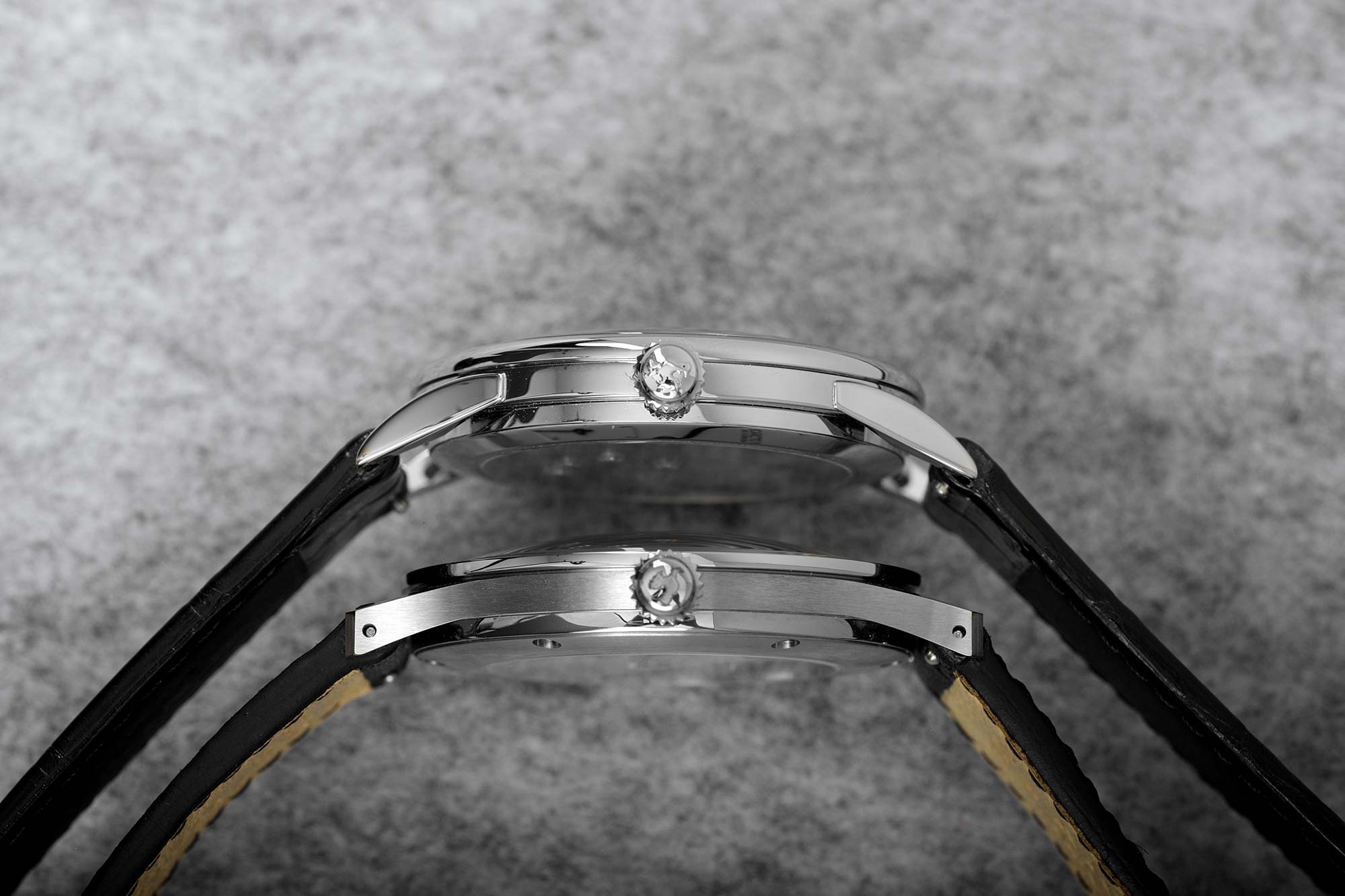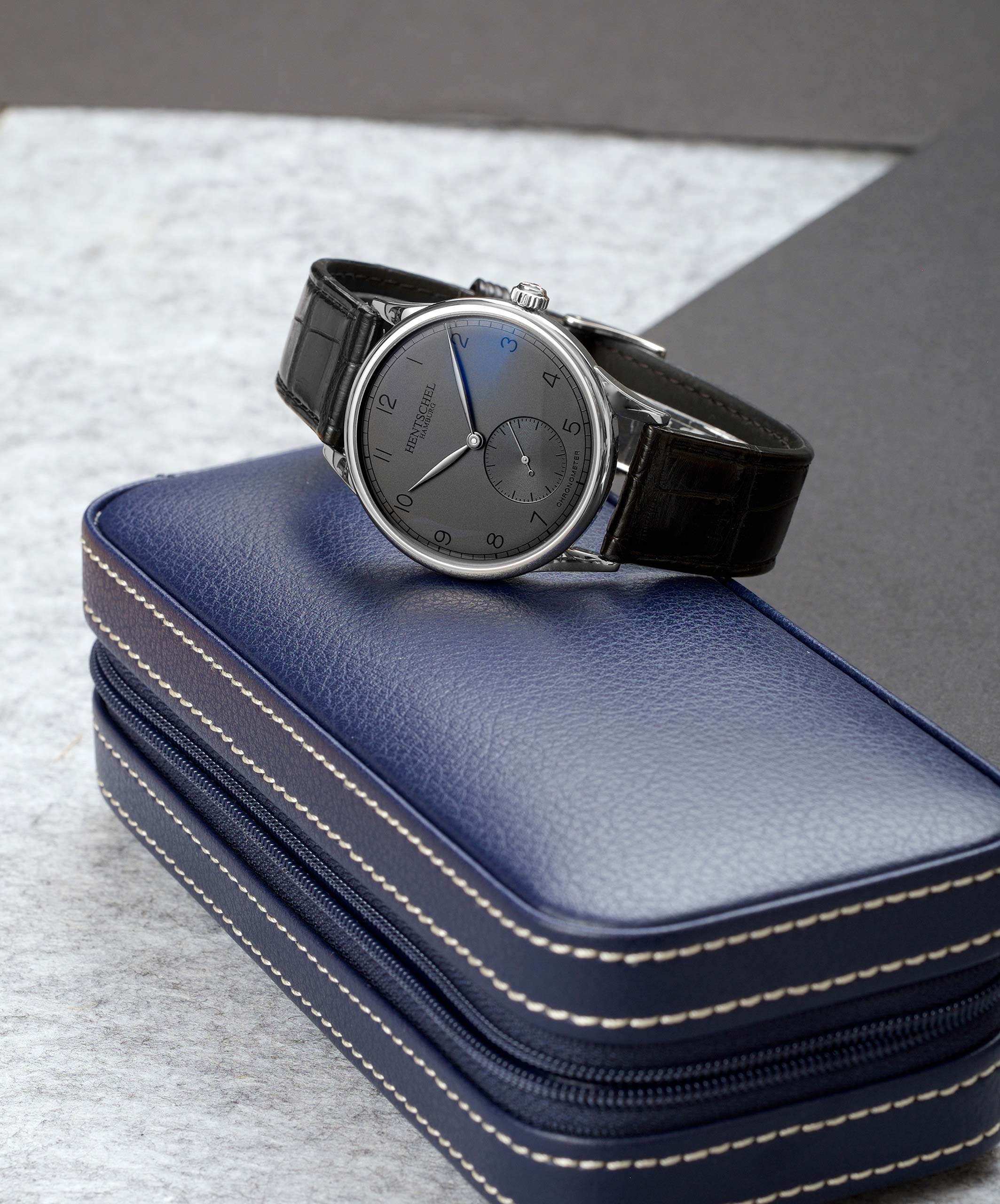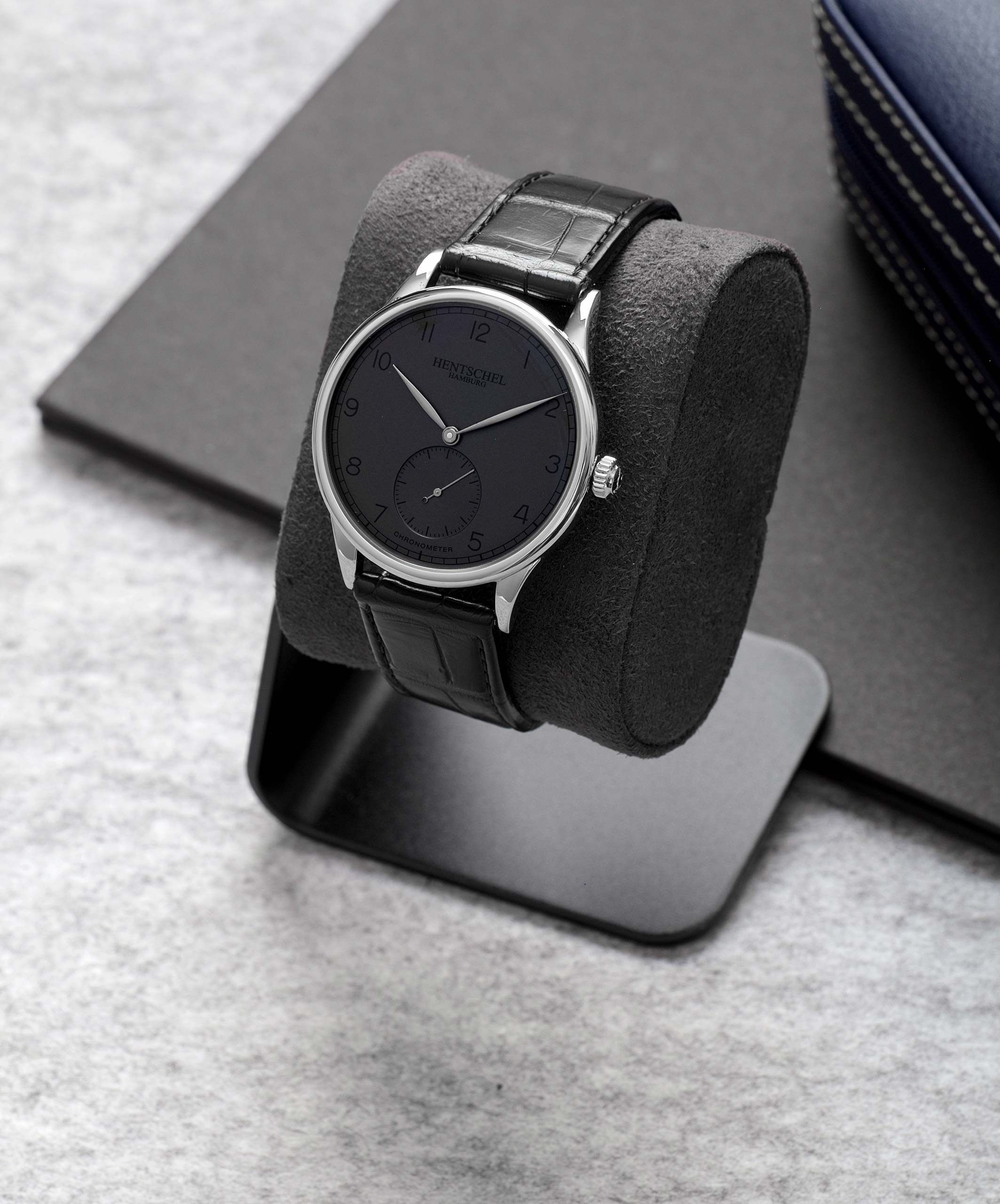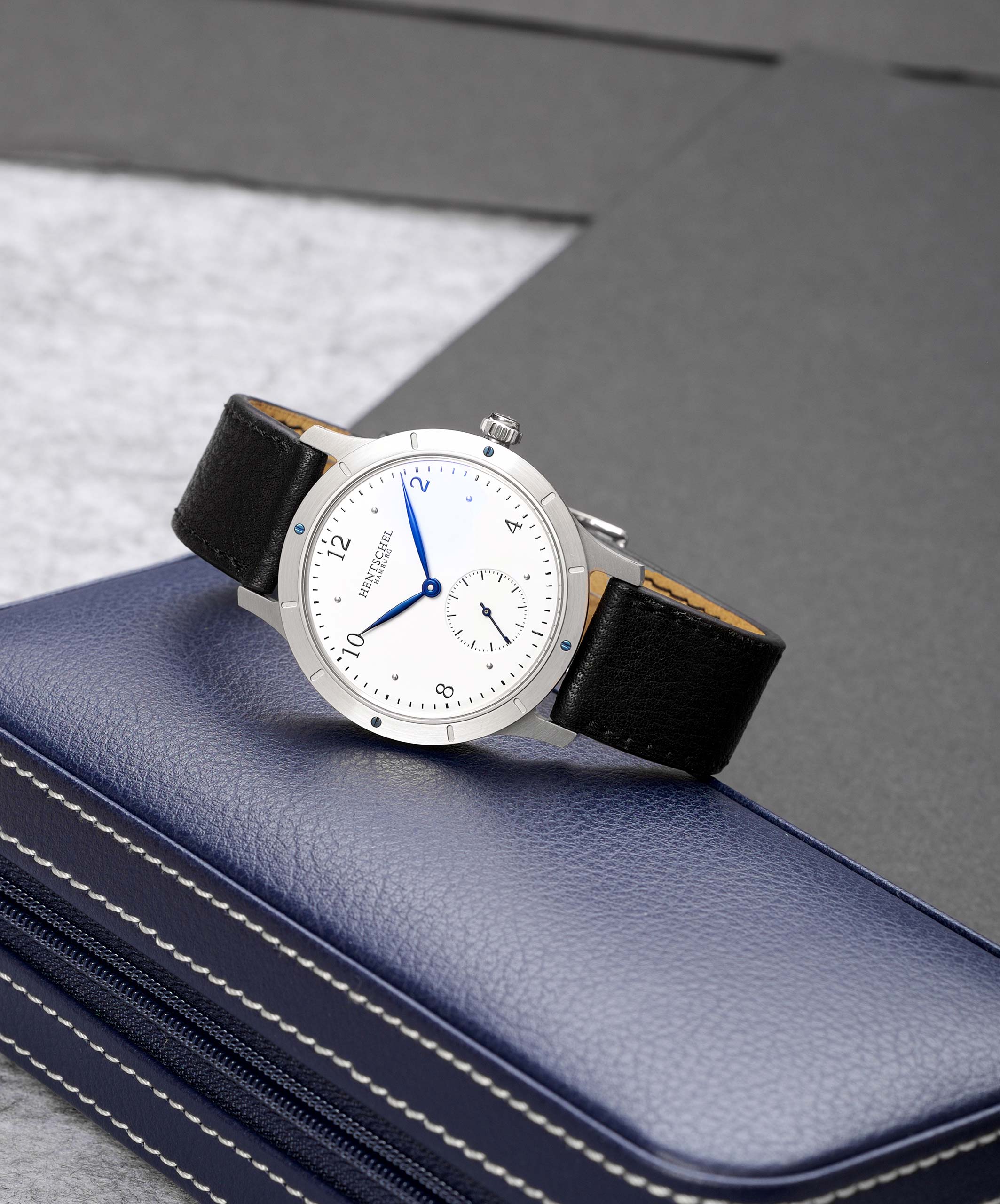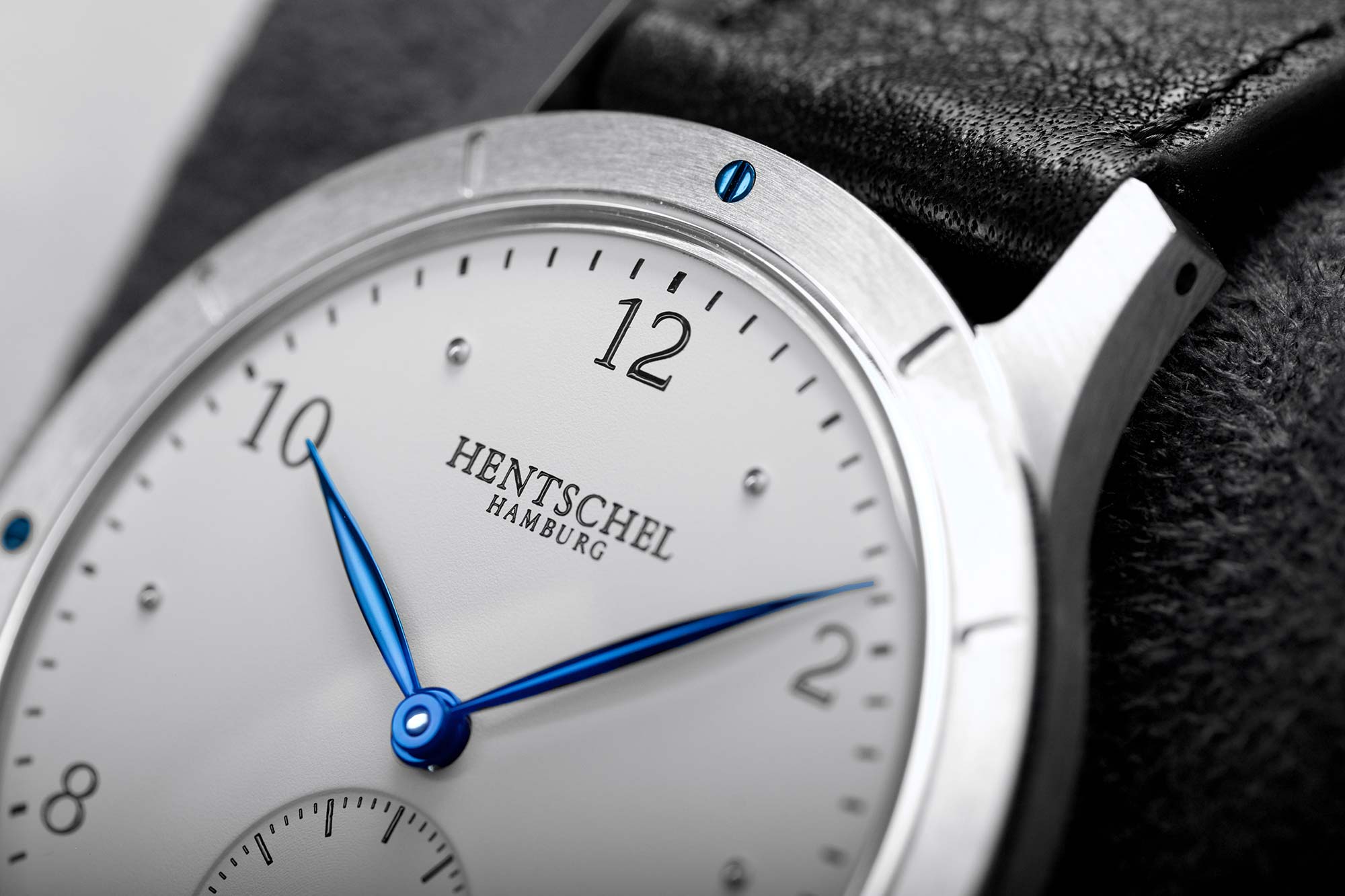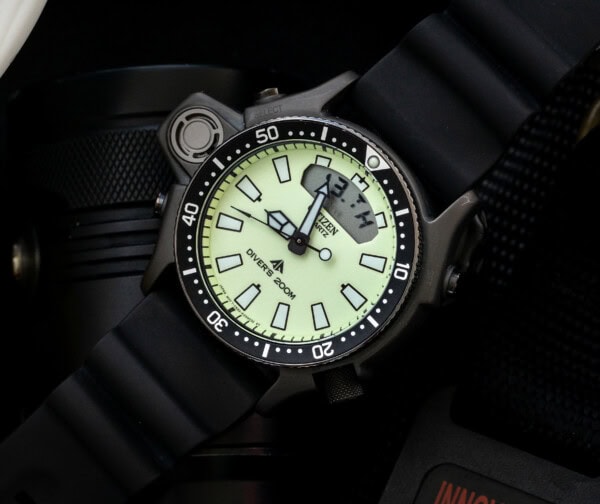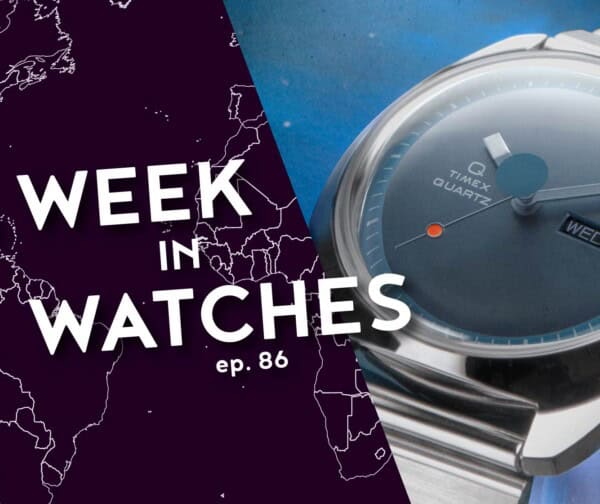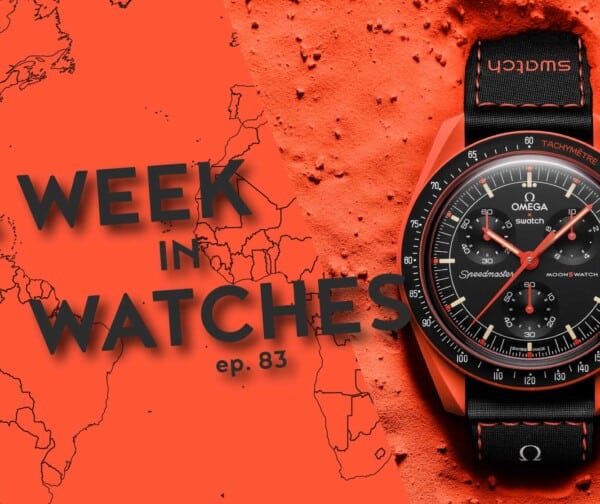Hentschel has been on my radar for a while, and I followed the watch company casually for many years – until a mutual friend living in Berlin made the introduction. My curiosity level spiked, and I was ready for a deep dive into the background, manufacturing, watches, and everything that is Hentschel.
A Brief Overview of Hentschel
Andreas Hentschel is the watchmaker and founder of Hentschel, based in Hamburg, Germany. Established in 1993, Hentschel has garnered a decent reputation for its craftsmanship and producing high quality mechanical wristwatches. A majority of the watches feature manual winding movements and sub-seconds on the dial. The design is reminiscent of classic pocket watches, but with complex case construction and colorful dials, they appear refined modern.
Under the expert guidance of Andreas Hentschel, the family-owned workshop consists of a team of four skilled watchmakers that produce approximately 150 watches annually. According to Andreas, this limited production approach maintains the highest standards of craftsmanship and ensures that every Hentschel watch remains unique.
In-House Movements
Before I provide you my impression of two watches that I test drove for a month, I would like to address Hentschel’s in-house movements. Hentschel refers to the HUW 1130 S caliber as a “in-house manufactory movement.” Without going into the definition of in-house, Andreas is upfront about it being based on the Swiss A-Schild manually winding 1130 movement. In fact, this is reflected in the name of their movement, HUW 1130.
Originally, Hentschel watches were fitted with refurbished AS 1130 calibers. Andreas has managed to create a more efficient movement and enhance the finishing and accuracy. The newly constructed curved bridges evoke the design of early 20th-century pocket watch calibers. The swan’s neck regulator enables precise adjustment of the movement. Each component has been optimized to minimize abrasive wear, thereby enhancing the durability of the wheels and the escapement.
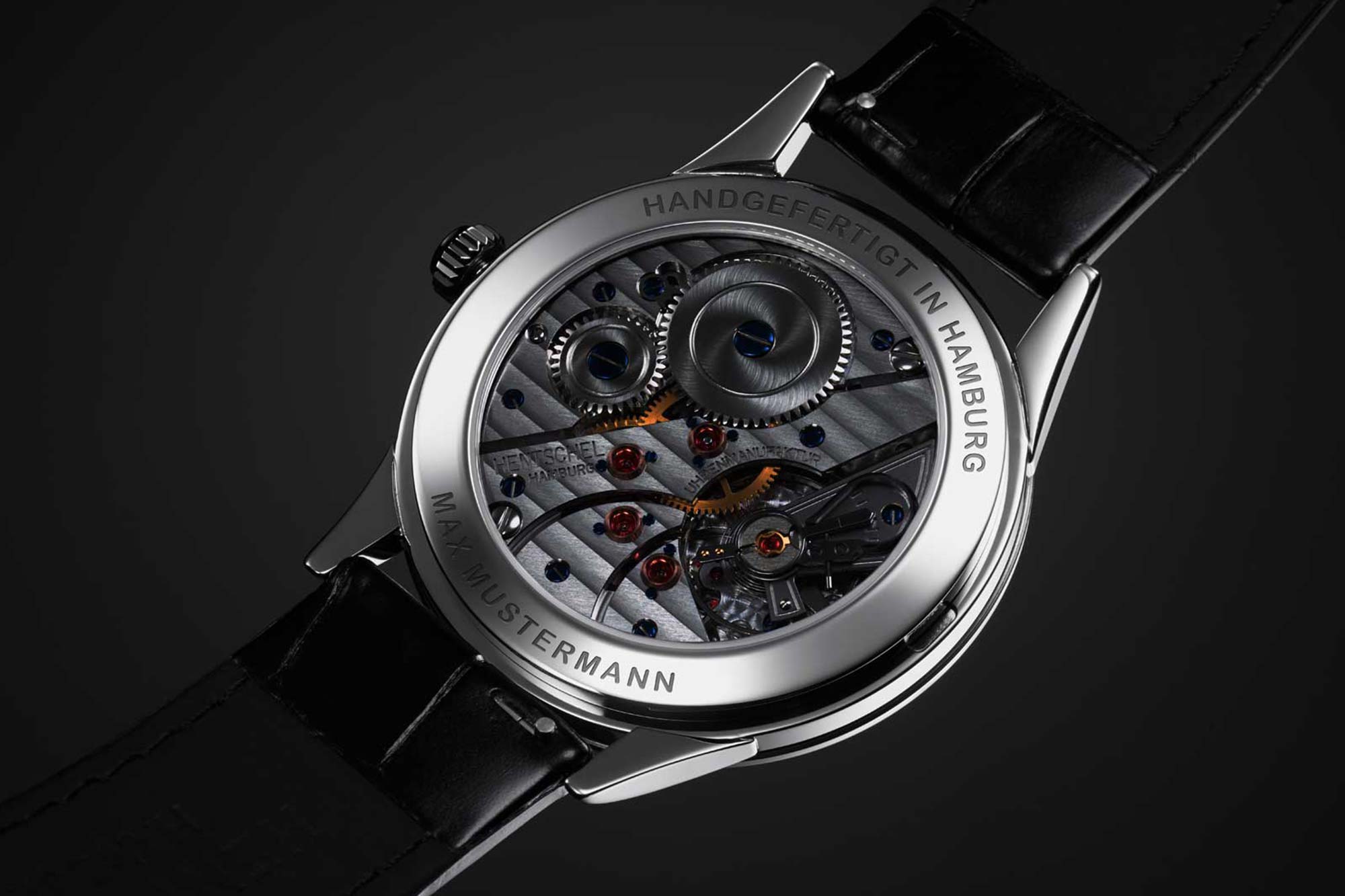
For superior finishing, the main plate is decorated with perlage, while the winding wheels feature a dual sunburst design. Additionally, the movement bridges are finished with a distinctive silver-white frosted texture, creating a unique interplay of light.
Hentschel makes a variation of this movement (also based on an A-Schild ebauche), the HUW 1525 caliber. This is used in the company’s medium sized case measuring 34.5mm. This caliber is slimmer than the already thin 1130 movement.
The second movement Hentschel refers to as made in-house is the Werk 1 caliber. This movement evokes the likeness of neo-vintage Union Glashütte and Glashütte Original. Perhaps the characteristic three-quarter plate of Glashütte watchmaking is the main reason these analogies pop into my head. According to Andreas, this movement was designed and developed by him. However, there are some parts in common with the vintage Revue Thommen GT 82 caliber from the 1950’s. Later, this caliber was also known as MSR X1 when Revue Thommen merged with Vulcain, Buser, Phenix, and Marvin to form MSR (Swiss Watch Manufactures United).
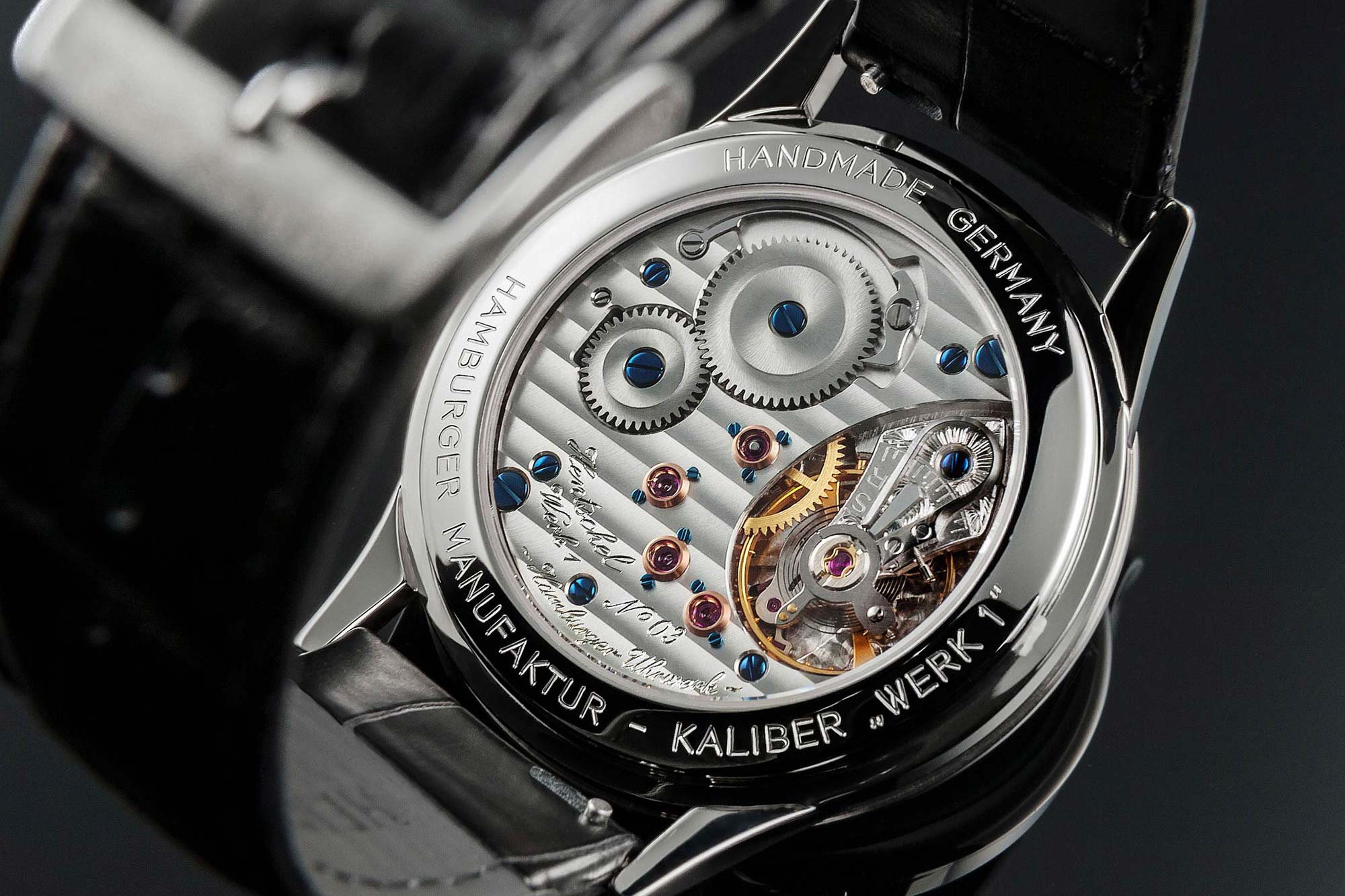
The finishing is exceptional, with a three-quarter plate featuring Glashütte stripes, gold chatons, hand engraved balance cock, dual sunburst pattern on crown and ratchet wheel, and perlage on the main plate. Observing the large screw balance developed by Andreas is mesmerizing, which oscillates at slower 2.5Hz. This movement also features the “Glashütte stop work,” which prevents overbanking as a result of overzealous winding.
Similar to you, I was curious why there was so much use of the word “Glashütte” when describing an in-house movement made in Hamburg. Andreas explains that he does have help from other German partners for manufacturing of movement parts and technology. One of his partners is Moritz Grossmann, based in Glashütte, and known for high standards of finishing and movement construction. Andreas states that for the Werk 1 caliber, Hentschel builds the bridges, levers, springs, etc. in his manufacture, or they are made by Grossmann in Glashütte.
The other partner is Damasko, based near Regensburg. I will be writing more about Damasko creating movements for other watch companies in a future article, thanks to their brilliant hire of Clara Kreitmaier, a young watchmaker from A. Lange & Söhne.
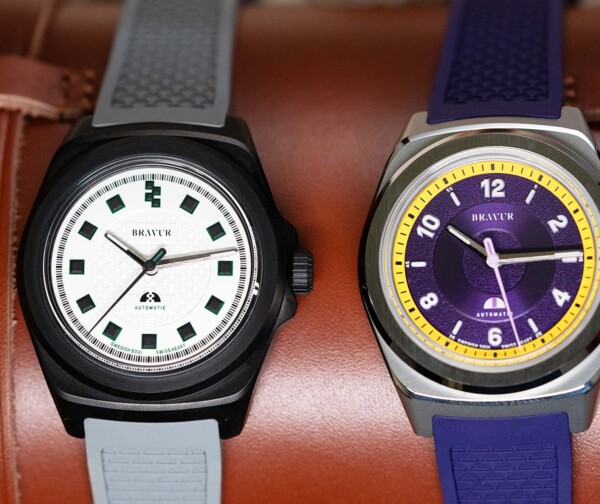




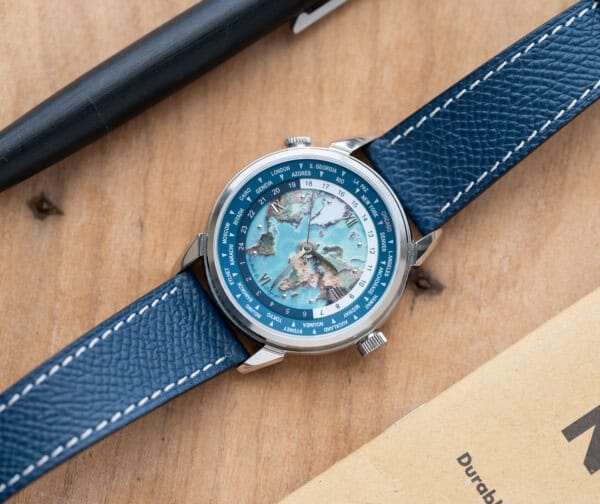



 Featured Videos
Featured Videos




